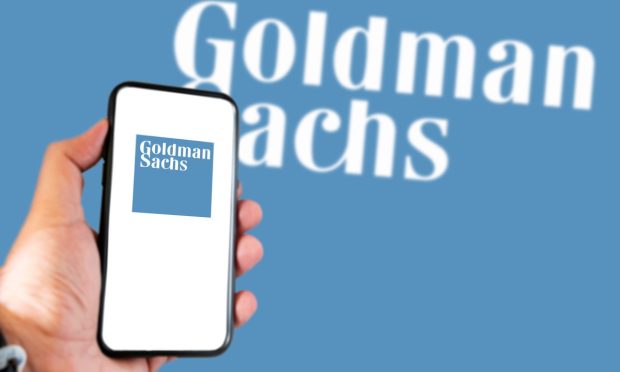Goldman Consumer Banking Revenues Grow 25% as Loss Reserves Surge 497%

Goldman’s march to Main Street juggernaut continues — macro headwinds or not.
The white-shoe Wall Street behemoth has been broadening its appeal to retail banking customers, with a focus on digital channels to spur savings and lending activities. The efforts seemed to be paying off on Monday (July 18) as the bank reported that revenues related to consumer and wealth-management came in at about $2.2 billion, surging 25% year on year (Goldman’s traditional bread and butter, investment banking and asset management, by contrast, saw dramatic year-over-year declines).
And as has been seen with other banks that have reported earnings so far in the last week, Goldman showed at least some caution. It put aside $667 million last quarter to cover loan losses, including $394 million as a provision for possible credit losses in the consumer portfolio, up 55% over the first quarter and up 497% from a year ago.
Goldman’s results show $12 billion in credit card loans on the books, up from $11 billion in the first quarter and up from $5 billion a year ago. Installment loans were $5 billion, gaining from $4 billion in the first quarter and $3 billion last year.
Goldman also disclosed that the consumer annualized net charge off rate was 2.3%, up 20 basis points quarter over quarter.
During the conference call with analysts, CEO David Solomon said inflation, geopolitics and other factors are having a material impact on markets and on confidence.
“I expect there’s going to be more volatility and there’s going to be more uncertainty,” he said.
In the meantime, he added, the company is focused on building its fee-based revenue streams across asset and wealth management.
CFO Denis Coleman said that, in reference to consumer-facing activities, consumer banking revenues were $608 million in the second quarter, rising 67% versus last year and 26% versus the first quarter.
Asked on the call about the macro environment, Solomon noted that “there’s no question that economic conditions are tightening to try to control inflation — and this will have impact on corporate confidence and consumer activity in the economy.”
But Goldman’s business model, he said, is more resilient than it was even a few years ago.
He noted that the company has been “building a business from scratch” in the consumer segment, “and added that “we have built a really good deposit platform” (the specific levels of deposits at Marcus were not detailed on the call) while maintaining a “long term strategy to create a leading digital platform in consumer banking” that also features credit cards and loans.
With a nod to the bank’s acquisition specialty lender GreenSky, management said on the call that its consumer financing efforts should bring in at least $4 billion in revenues by 2024.
GreenSky has funded home improvement options for about 4 million customers and has financed more than $30 billion in business improvements in healthcare, retail and eCommerce. GreenSky is also part of the buy now, pay later wave of companies offering loans that let consumers spread out purchases over weeks or months.
Read also: Goldman’s BNPL Play Strengthens Consumer Financing, Targets Merchant Growth
